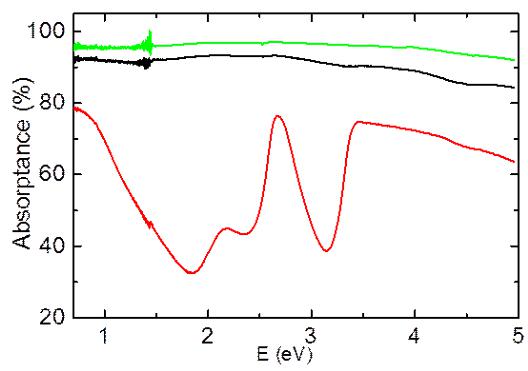Optical spectroscopy
Characterisation Installation 5
UV/Vis/NIR spectroscopy is the measurement of the attenuation of a beam of light after it passes through a sample or after reflection from a sample surface. It can be used either in solution or solid state for the quantitative determination of different analyses and optical absorption characteristics. Absorption measurements can be at a single wavelength or over an extended spectral range. This spectroscopy is usually applied to molecules or inorganic complexes in solution. The spectra have broad features that are of limited use for sample identification but are very useful for quantitative measurements.
Since the UV-Vis range spans the range of human visual acuity of approximately 400 - 750 nm, this spectroscopy is useful to characterize the absorption, transmission, and reflectivity of a variety of technologically important materials, such as pigments, coatings, windows, and filters.
The infrastructure provides UV/Vis/NIR spectrophotometry combined with integrating sphere, which can be used for high precision diffused reflectance and scattered transmittance measurements on virtually any solid or liquid.

Perkin Elmer lambda 19 spectrometer @ Laboratory for Micro- and Nanotechnology

